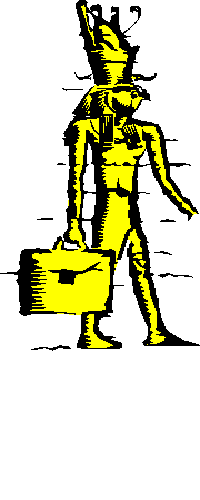Professor of Rhinology & Skull Base Surgery, Ain Shams University, Cairo, Egypt
Department of Oto-Rhino-Laryngology, Faculty of Medicine, Ain Shams University, Cairo, Egypt.


Skull base Approaches have many difficulties
due to both anatomic complexity and presence of vital structures. To reach deep
areas, normal tissues have to be either radically extirpated with subsequent
reconstruction or mobilized with subsequent reposition and fixation.
Recent advances in both radiological and visually aided techniques facilitate
management of such skull base lesions. Endoscopic surgery is superior to
visually unaided conventional surgery in minimizing the need to mobilize or
extirpate normal structures and in conserving cranial base anatomy and function.
The angled panoramic endoscopic view with its unlimited depth of focus is the
underlining factor in visualizing deep hidden recesses and in realizing anatomy
at the best. Spatial orientation of anatomy is best with endoscopes and the
magnification effect can be appreciated by coming closer to the target and also
by the camera attached to the endoscope.
Endoscopic surgery alone can excise many benign
nasal and anterior skull base tumors and tumor-like masses. A small percentage
of malignant tumors can also be resected with adequate safety margins provided
that they are early and of limited extensions. Endoscopes when augmented with
microscope are excellent for excision of pituitary tumors and clival lesions.
Traditional external approaches when augmented with endoscopes, limits of
exposure are considerably expanded.